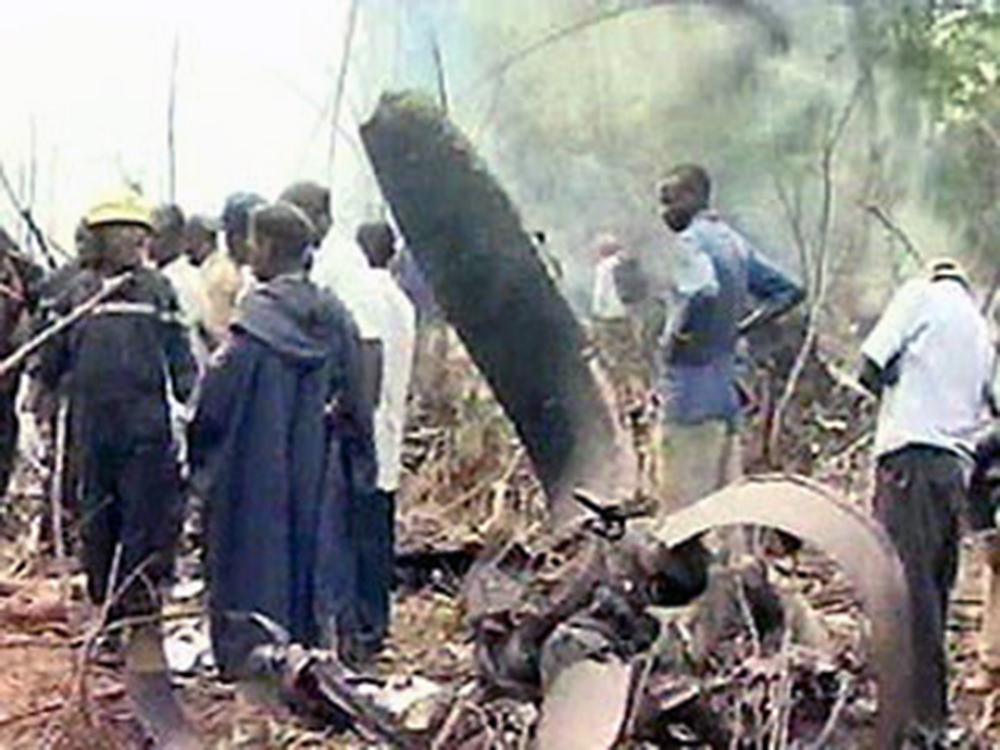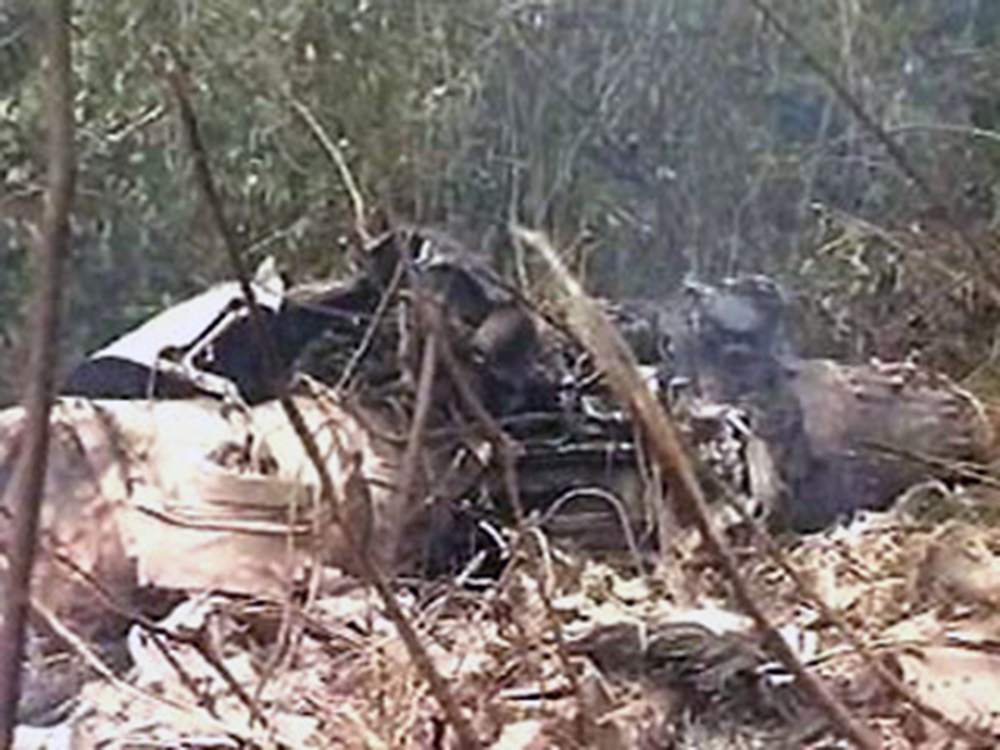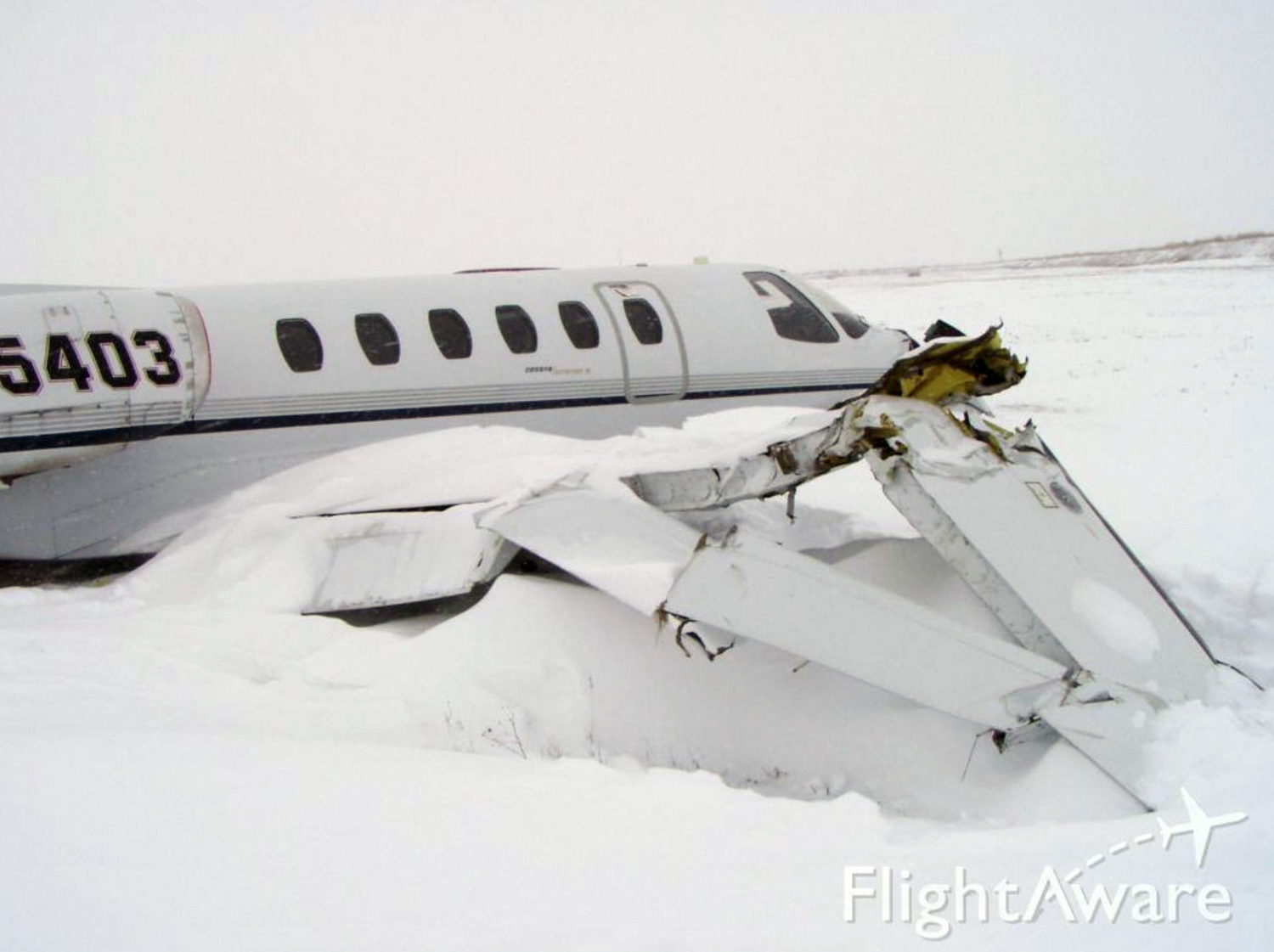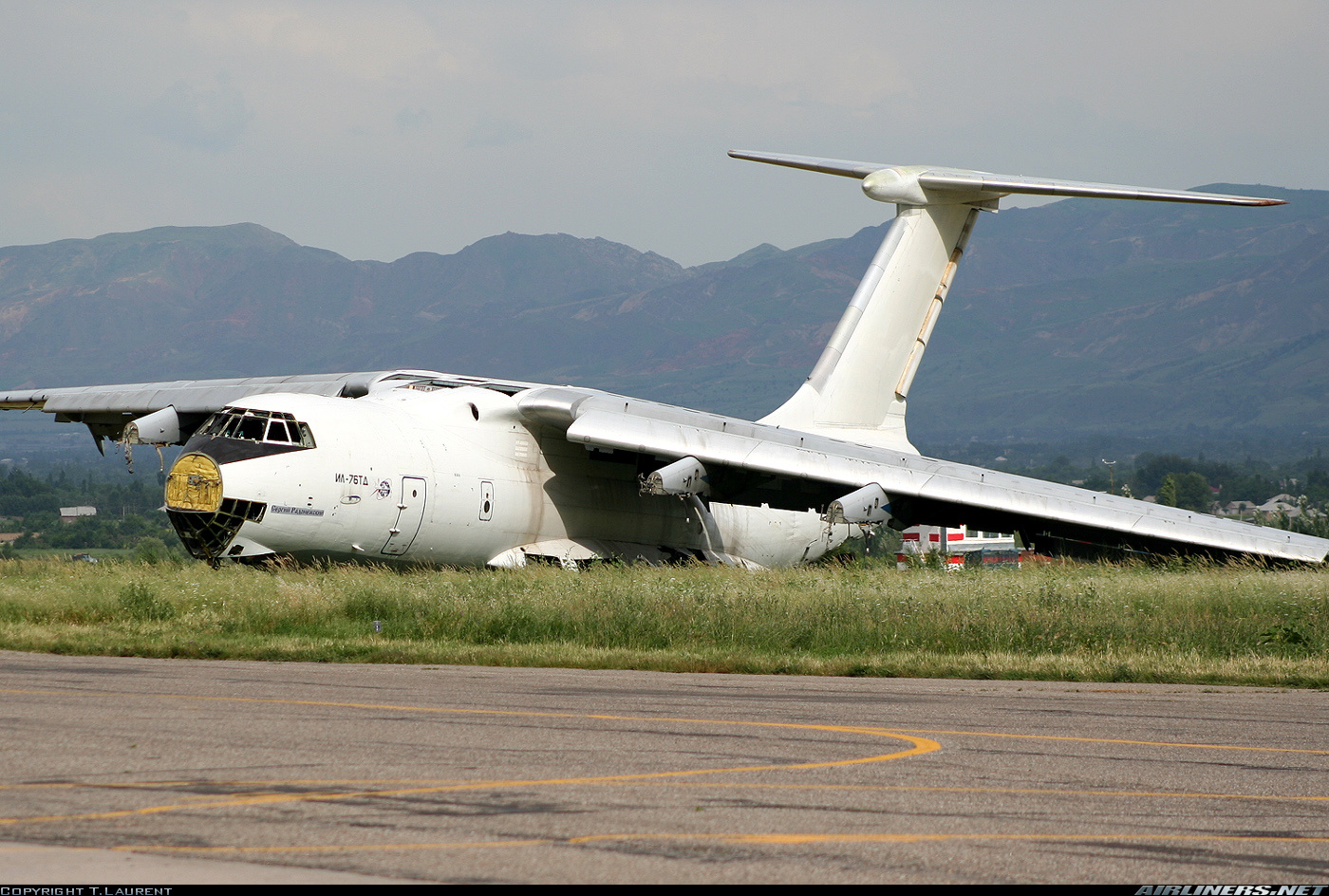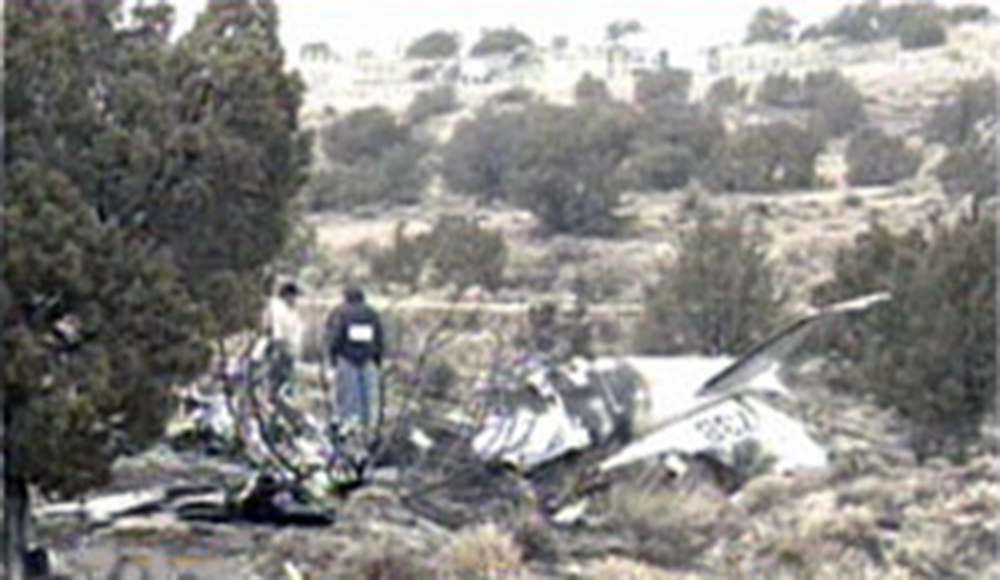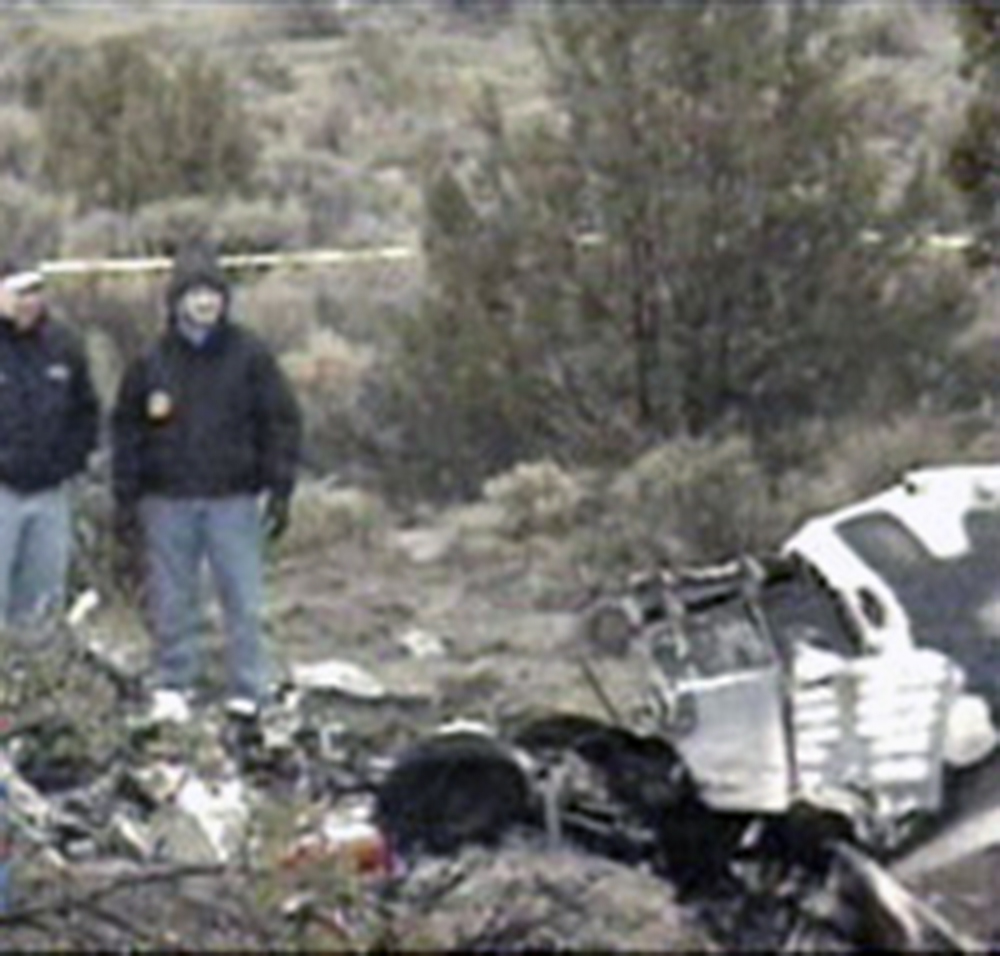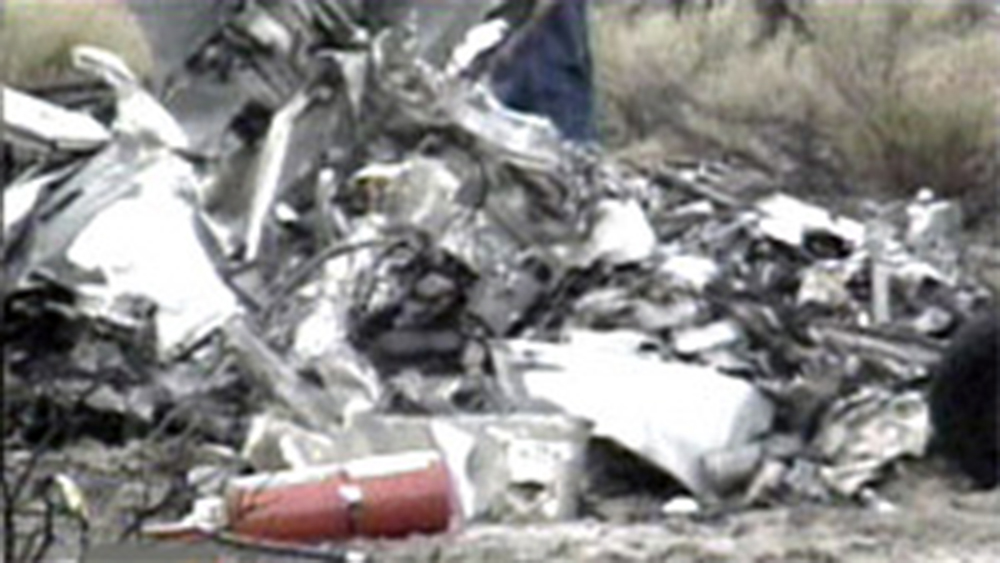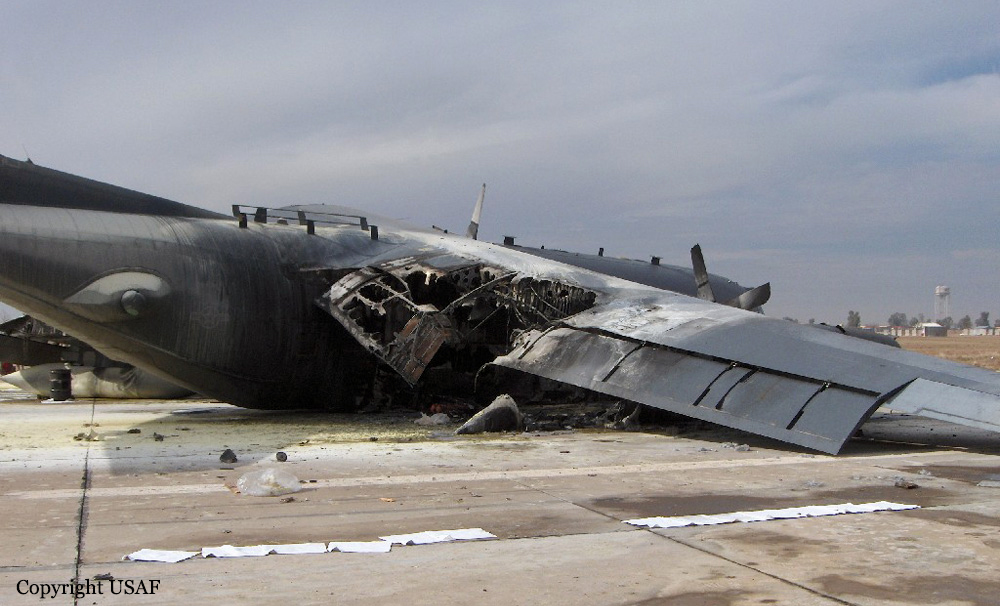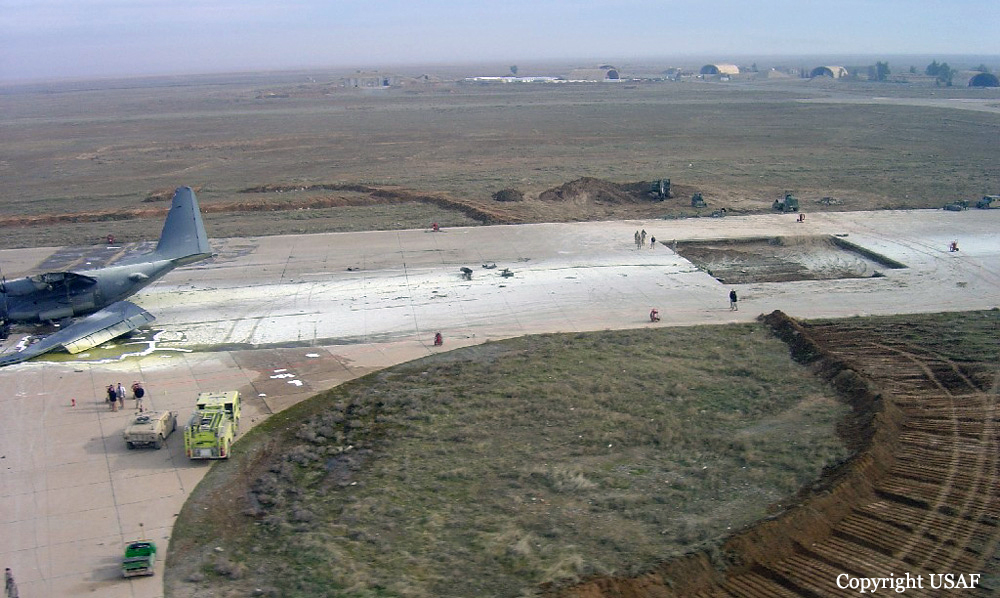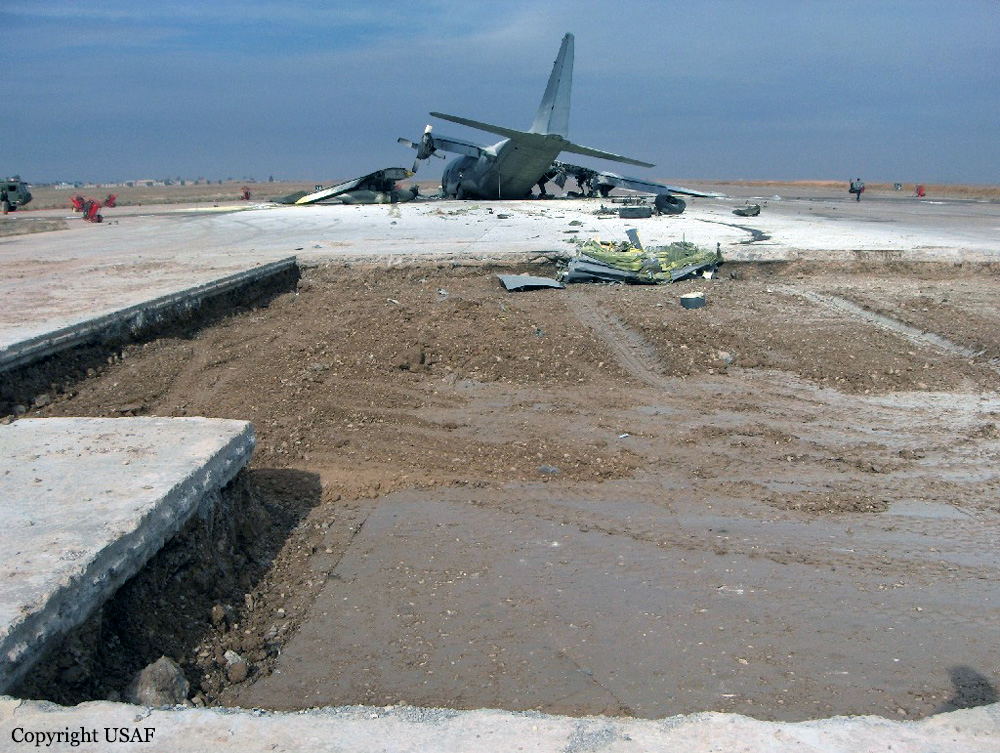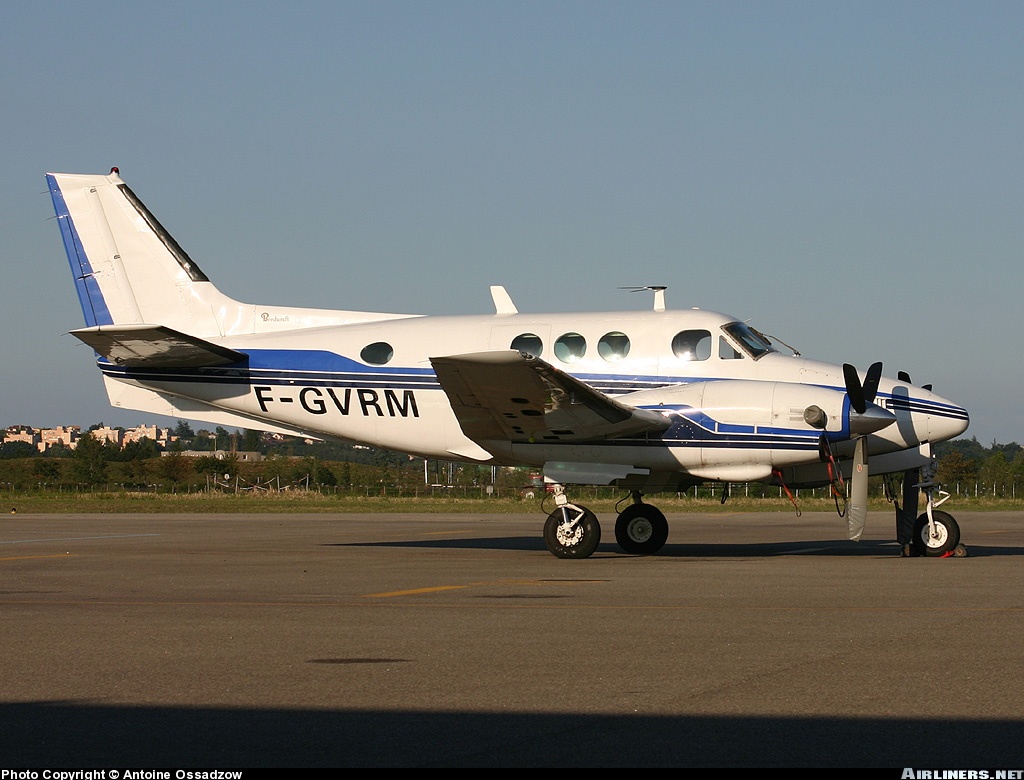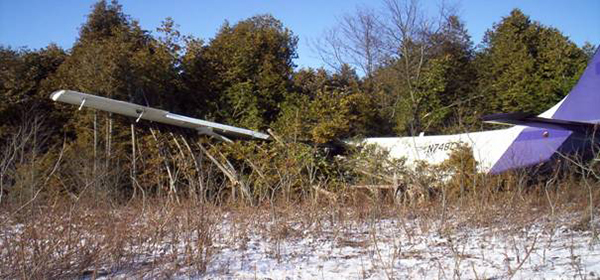Crash of an Antonov AN-12 near Entebbe: 6 killed
Date & Time:
Jan 8, 2005 at 1300 LT
Registration:
9Q-CIH
Survivors:
No
Schedule:
Entebbe - Kinshasa
MSN:
4 3 418 03
YOM:
1964
Crew on board:
6
Crew fatalities:
Pax on board:
0
Pax fatalities:
Other fatalities:
Total fatalities:
6
Circumstances:
The aircraft departed Entebbe Airport at 1148LT on a cargo flight to Kinshasa, carrying six crew members and a load consisting of two cars, t-shirts and 10 tons of beans. Five minutes after takeoff, the crew informed ATC that one of the engine caught fire and was cleared to return for an emergency landing. Seven minutes later, out of control, the aircraft crashed in a wooded area located near Bukalaza, about 11 km from the airport. The aircraft disintegrated on impact and all six occupants were killed.
Probable cause:
The following findings were identified:
- The operator did not have a AOC or any licence to fly,
- The operator did not have any maintenance record or quality control program,
- There was no records regarding crew licensing and/or training,
- Poor flight preparation as the aircraft was not properly loaded,
- The CofG was outside the permissible limit (out of enveloppe).
- The operator did not have a AOC or any licence to fly,
- The operator did not have any maintenance record or quality control program,
- There was no records regarding crew licensing and/or training,
- Poor flight preparation as the aircraft was not properly loaded,
- The CofG was outside the permissible limit (out of enveloppe).
